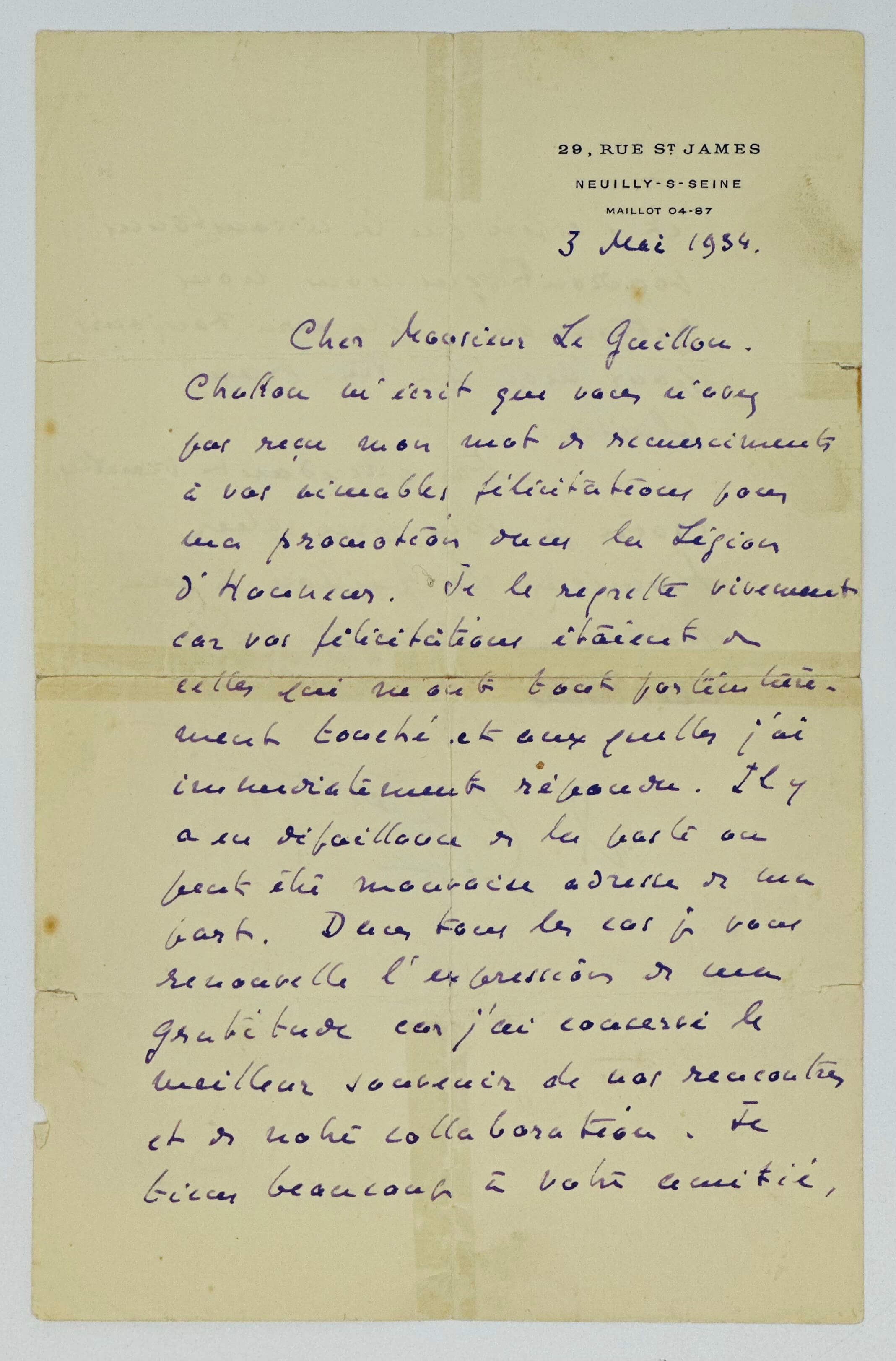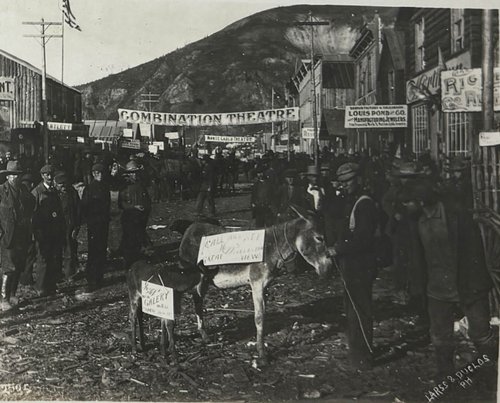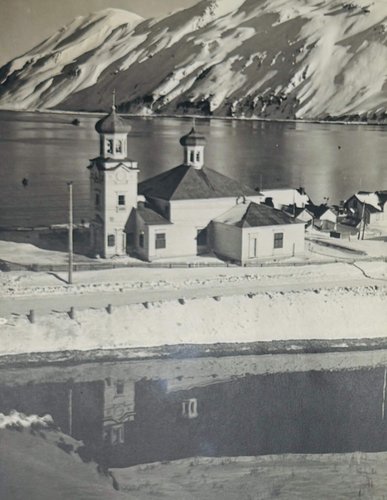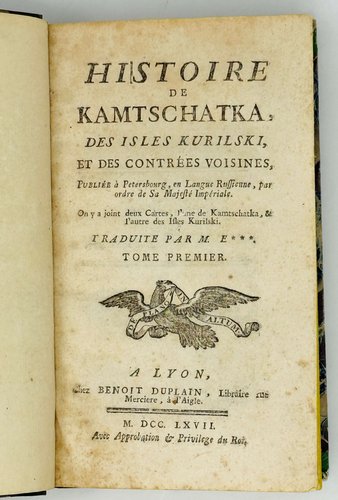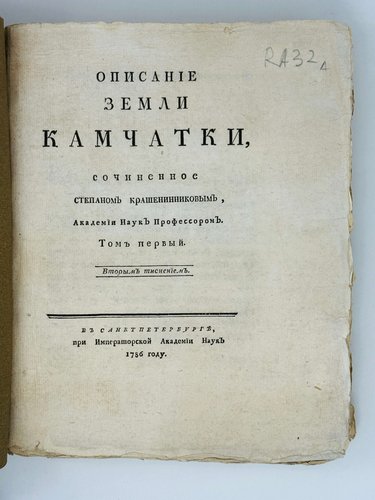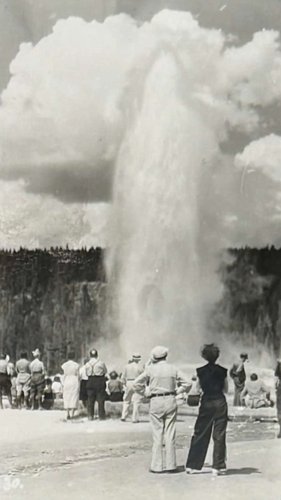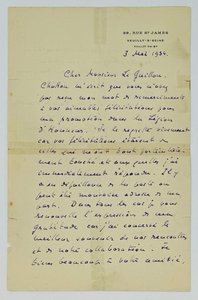
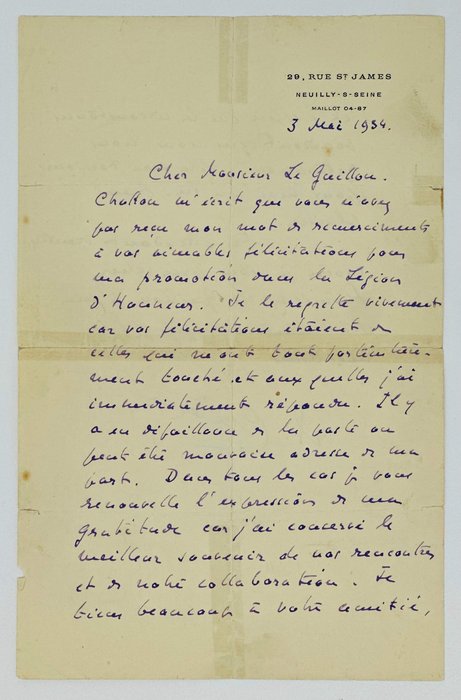
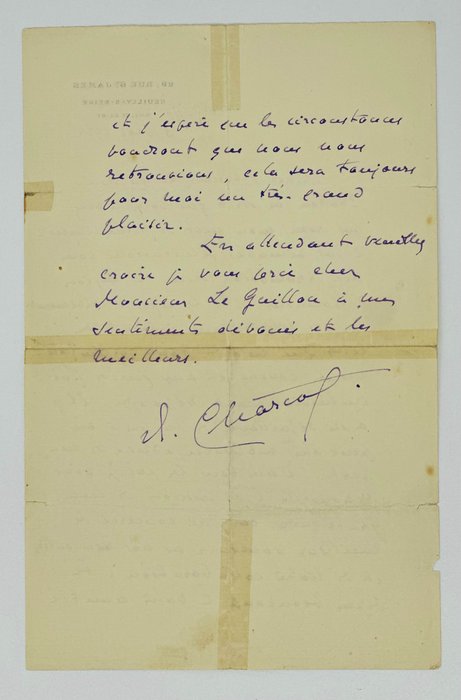
#MB37
1934
Small Octavo (ca. 21x13,5 cm). 2 pp. Violet ink on watermarked laid paper with printed letterhead “29, Rue St. James, Neuilly-S-Seine, Maillot 04-87”. Worn with repaired tears on folds, otherwise a very good letter.
In his letter Jean-Baptiste Charcot thanks his correspondent for “your amicable congratulations for my promotion to the Legion of Honour, <…> your congratulations were particularly dear to me <…> In all cases I renew the expression of my gratitude as I keep the best memories of our encounters and our collaboration. Your friendship is very important to me and I hope that in the future we’ll be able to meet again, and this will always be a great pleasure to me” [in translation]. Charcot became a Grand Officer of the Legion of Honour on 6 March 1934. This award was apparently related to his successful East Greenland expedition in July-August 1933, to relief the research party at the French Second International Polar Year station “Paul Doumer” in the Scoresby Sound.
Jean-Baptiste Charcot “is most famous for being appointed leader of the French Antarctic Expedition with the ship Français exploring the west coast of Graham Land in 1904-1907. The expedition reached Adelaide Island in 1905 and took pictures of the Palmer Archipelago and Loubet Coast. From 1908 until 1910, another expedition followed with the ship Pourquoi-Pas, exploring the Bellingshausen Sea and the Amundsen Sea and discovering Loubet Land, Marguerite Bay and Charcot Island, which was named after his father, Jean-Martin Charcot” (Wikipedia). "The expedition [of 1908-1910] had made an impressive contribution to Antarctic geography and had surveyed some 2000 kilometers of unknown or partially-known coastline with an accuracy unchallenged for several decades. The scientific material, together with its 3000 photographs, filled twenty-eight volumes of reports <..,> In the eyes of many contemporary historians, Charcot’s contribution to Antarctic science outweighs all others" (Howgego, 1850 to 1940. The Oceans, Islands and Polar regions, C9).
Charcot was a member of the French Academy of Sciences (1926), the Academy of Medicine (1930), and the Royal Naval Academy of France. He was a Grand Officer of the Legion of Honor and received gold medals of the geographical societies of Paris, London, New York, Brussels, Antwerp, St. Petersburg and others. The French Academy of Sciences awarded him the first biennial prize of the Prince of Monaco in 1925.

